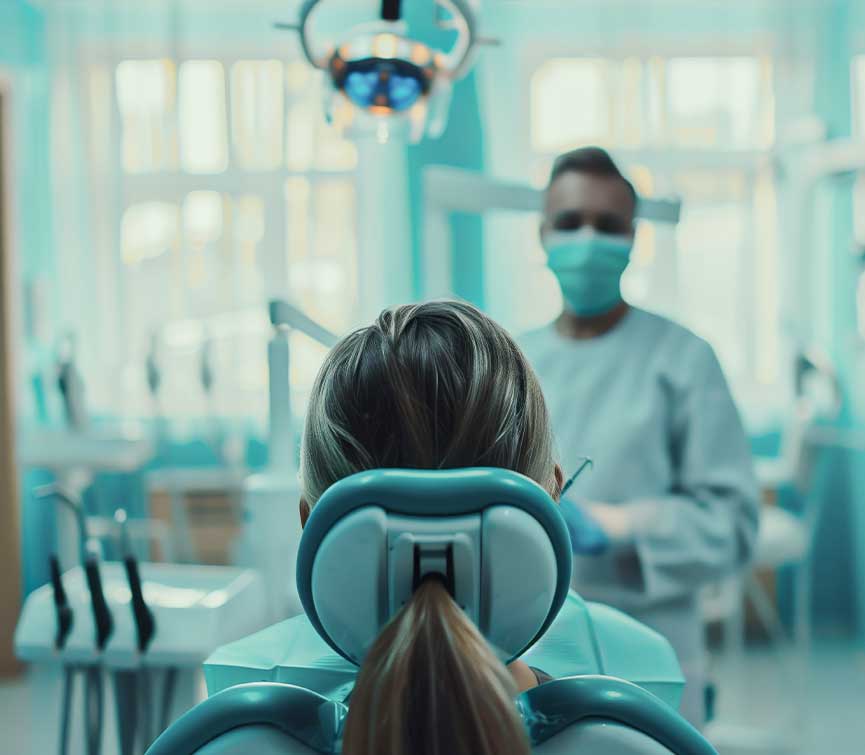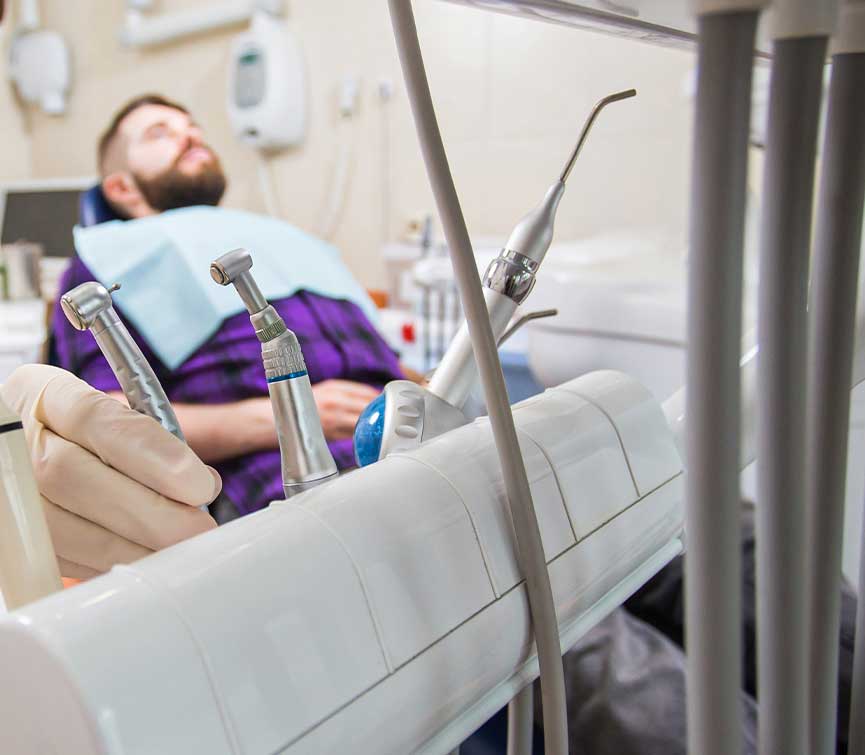Dental Debridement vs. Deep Cleaning: Know the Difference
When maintaining a radiant smile and ensuring our oral health is up to par, dental debridement and deep cleaning often surface in conversations with our dentists. But what do these procedures entail, and are they the same thing? Let’s dive into dental care, peeling back the layers to uncover the distinctions between these essential treatments. Imagine your mouth as a vibrant ecosystem requiring regular maintenance to thrive; understanding these procedures is your roadmap to oral health success.
- Differences Between Dental Debridement and Deep Cleaning
- What is Dental Debridement?
- Understanding Deep Cleaning
- How to Know if You Need These Procedures
- Key Takeaways
- FAQs
Differences Between Dental Debridement and Deep Cleaning
At first glance, dental debridement and deep cleaning might seem like different terms for the same procedure. However, they serve unique purposes in the realm of dental care. Here’s how:
What is Dental Debridement?
Dental debridement is akin to clearing the dense underbrush from a forest floor, allowing healthier growth. When plaque and tartar build-up becomes too thick to accurately examine the teeth and gums, a dental debridement is performed. This preliminary step ensures that your dentist can properly assess your oral health status and plan subsequent treatments. It’s about setting the stage for a detailed examination.
Understanding Deep Cleaning
In contrast, deep cleaning, or scaling and root planing, goes beyond the surface. Imagine it as tending to the roots of a tree, ensuring they are healthy enough to nourish what lies above ground. This procedure involves removing plaque and tartar from below the gumline and smoothing out the roots of teeth to help gums reattach. It’s not just about cleaning; it’s about healing and preventing further disease.
How to Know if You Need These Procedures
Identifying the need for a dental debridement or a deep cleaning typically requires professional evaluation. However, signs such as bleeding gums, persistent bad breath, loose teeth, or visible tartar buildup can be indicators. Visiting your dentist for regular check-ups is crucial in detecting these issues early and determining the most appropriate action.
Key Takeaways
- Dental debridement is the process of removing heavy build-up to allow for a thorough examination.
- Deep cleaning involves cleaning below the gumline to treat and prevent gum disease.
- Both procedures play vital roles in maintaining oral health but serve different purposes.
- Regular dental visits are essential in identifying the need for these treatments.
FAQs
Is dental debridement painful?
While some discomfort may be experienced, pain management techniques such as local anesthesia are often used to minimize discomfort during the procedure.
Can deep cleaning cure gum disease?
Deep cleaning can significantly reduce the progression of gum disease, especially when caught early. It is a critical step in managing periodontal diseases.
How often should I get these procedures done?
The frequency depends on your oral health status. Some may require more frequent interventions, while others only need them occasionally. Your dentist will provide personalized recommendations.
Conclusion
In the lush landscape of oral health care, understanding the distinction between dental debridement and deep cleaning is crucial. Though they might seem similar at first glance, each plays a unique role in maintaining the health of your oral ecosystem. By embracing these procedures recommended by your dental professional, you are taking significant steps toward preserving your smile’s vibrancy and vitality. Remember, an ounce of prevention is worth a pound of cure – especially regarding your oral health.
Table of Contents
Toggle


